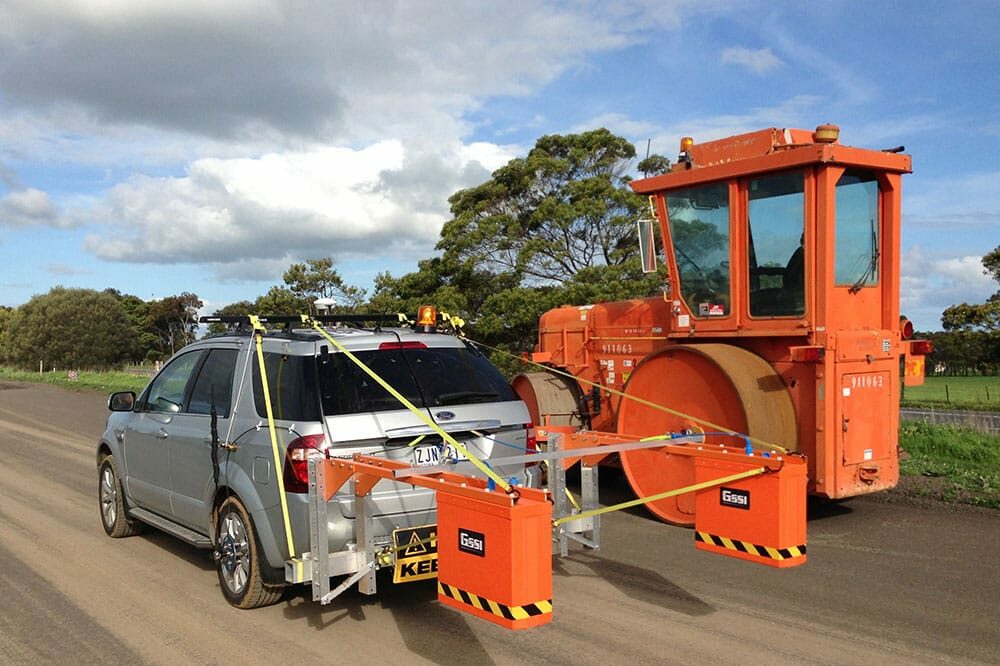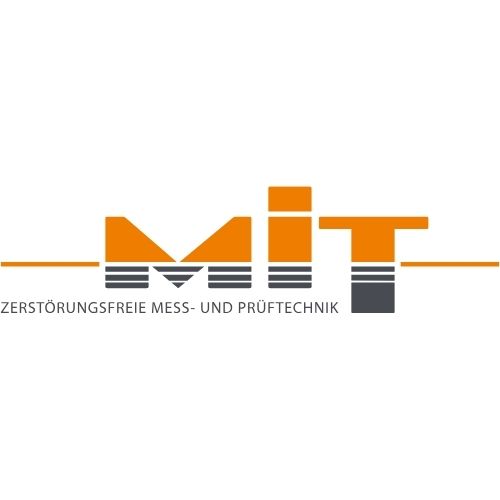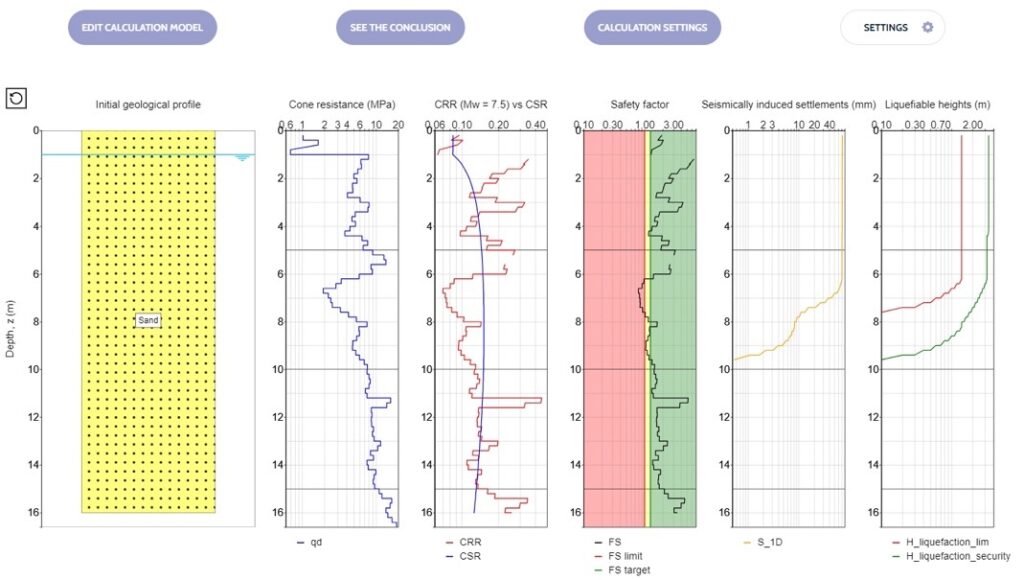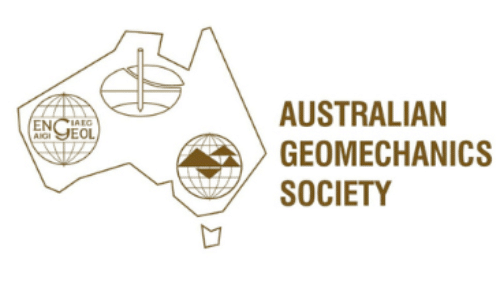We specialise in non-destructive pavement investigation for flexible (asphalt) and rigid (concrete) pavements to establish deterioration and current condition. The pavements we assess include roads, car parks, airport runways, aprons & taxiways and port hardstands. We also specialise in bridge decks.
Using ground penetrating radar and infrared cameras (infrared thermography), we are able to:
- Measure pavement layer thickness for asphalt and crushed rock layers
- Identify moisture ingress in pavements
- Detect voids / cavities
- Determine pavement makeup
- Identify the location of steel pits, pipes and culverts
- Identify certain properties of the subgrade material
- Determine deterioration, degradation and spalling of concrete
- Map shallow rock
Advantages
The benefits of our approach include:
- Data can be picked up safely at highway speeds of 110km/h enabling us to cover a large area fairly quickly.
- No traffic control or lane closure is required, meaning traffic isn t interrupted, highway workers aren t exposed to safety hazards and costs are dramatically reduced.
- No invasive destructive coring to calibrate
- Calculates pavement layer depths to a high accuracy
Our clients include government road authorities, private asset owners, airports, ports, civil contractors, civil engineering consultants and utility companies.

What outputs do I get?
We provide easy to read reports summarising all key findings and anomalies. We also provide:
- ASCII Files Compatible with other Software and Databases
- Excel Spreadsheets
- Geospatial Mapping

How does our Ground Penetrating Radar (GPR) work?
Our GPR system has antennas, typically mounted on a moving vehicle. The antennas transmit short pulses of radio wave energy into the pavement. As the energy travels through the pavement structure, it creates reflections when it passes through different materials, such as asphalt to crushed rock pavement layers. The strength of the reflection, and the time it takes to travel through the pavement can be used to calculate pavement layer thickness and other properties.
To find out more, Contact Us.

















































